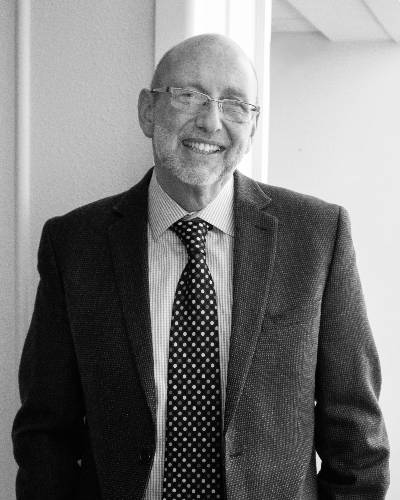
Alignment.
That's the word for this newsletter.
Alignment.
In rare moments in life, events line up, ideas cohere, and we find ourselves aligned. The word itself, alignment, seems most often used by car dealerships or spinal surgeons, and it's one of those words that carries a positive connotation. But I'm discussing something different, slightly related to the romantic/spiritual cliché, "the stars aligning," but not exactly.
To give this muddled introduction a context....
Over 40 of us—faculty, staff, and students—returned a few weeks ago from the Kennedy Center American College Theatre Region VI Festival, where we all were allowed to share our creative abilities in every form of theatre activity, from dramaturgy to acting, from design to criticism. We did great, not just because of the number of folks advancing to the national festival in DC this April, but, instead, because we all participated actively, enthusiastically, and imaginatively to opportunities there, from networking with the guest artists to participating in workshops and discussing our work.
...we learned how to assess the needs of a community to guide and direct our art.
But this year was different. Bear with me for a moment as I attempt to concretize something ephemeral, but I believe the difference was informed by our site specific and found season. Somehow, the energy and imagination it took to pull off staging an entire season off-site bonded us; in other words, because the challenge of using the environment and the community informed relevance, we all spoke the same language. That does not mean we shared the same ideas—we'd never want that—but since we are all in the process of uniformly understanding what it means to produce relevant theatre in unconventional spaces, we learned how to assess the needs of a community to guide and direct our art. And we could articulate both our successes and our failed challenges.
Respondents were impressed. Many of them bragged that we are preparing our students to understand just how important it is to make art that audiences need to experience, and they appreciated the obstacles that a site-specific and found-space season created. They also enjoyed listening to our solutions to overcome these obstacles, and thus began a conversation that we were prepared to entertain. This affected all of us, from actors to writers to designers alike, so we came as an ensemble, rather than a group of disparate students responding to individual concerns.
They took me places where dance hadn't taken me before...
But the alignment I felt so prevalently at the festival occurred (also) upon my return because of DanceTech, an evening of dance choreographed and directed by our faculty using our students. Like the theatre we produced this year, our dance faculty also used sites to create their work, and the pieces they developed truly changed the nature of how I view dance. Our new Head, Charlotte Boye-Christensen, is in the process of creating a new BFA in Dance, one that exploits the & between Theatre & Dance, and this event illustrated that she is succeeding admirably. The evening was remarkable, not only because of the talent of the students, designers, and choreographers, but also because of the narrative embraced, always informed by the environment. They took me places where dance hadn't taken me before, here or other places. From the car headlights to the scattered dust storms, the cell phone lights to the use of trash cans, I was transformed. I left in love with parts of West Texas I hadn't even noticed before.
The same transformation happened when I witnessed the devised piece, Safe Passage, coordinated by Cory Lawson. Fortunate enough to see it twice on either side of a makeshift, curtained wall, I understood the struggle of assimilation from the inside out—from my soul outward; in other words, and again, the power of the images, the ensemble, the dance, and the design made my appreciation of the art intrinsic, not just external.
At first, our experiment with site-specific and found spaces was an answer to a question: because we were losing our theatre spaces, how would we produce a season? But here, near the end, it is so much more—it's a way to understand both what we, as artists, owe to the community and what the natural environment can offer us.
Alignment, indeed.
